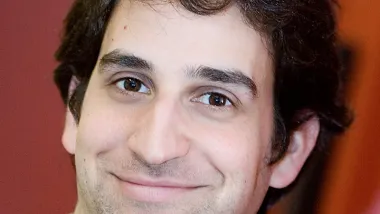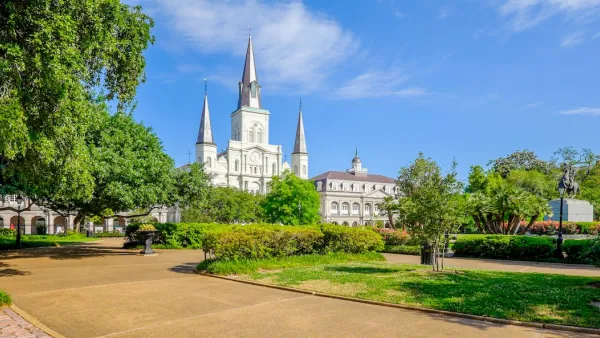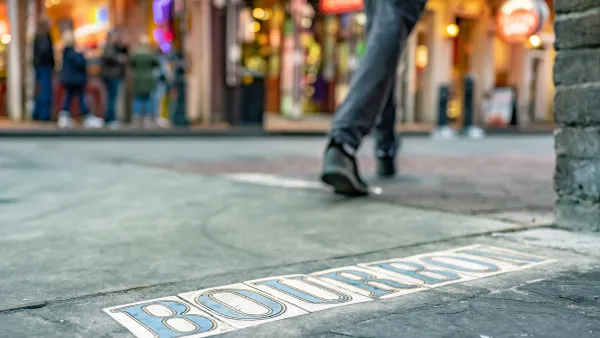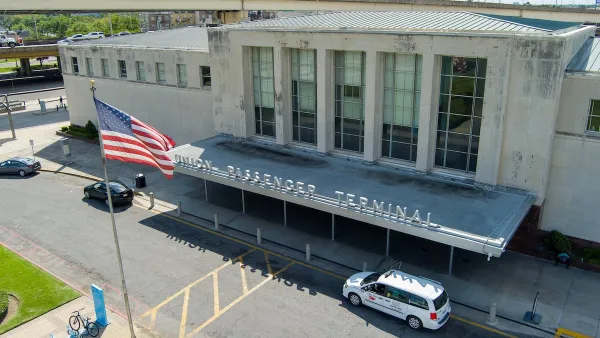This morning I embarked with three dozen volunteers to plant 10 trees in Pigeon Town, a neighborhood in western New Orleans. The group was completing an eight-hour training on urban greening initiatives, learning everything from pruning methods to how to work with municipalities to find funding for beautification projects—which have been proven to improve everything from real estate values to crime statistics. The training did not, however, cover what we were supposed to do when we heard gunshots ring out. That we had to improvise.
This morning I embarked with three dozen volunteers to plant 10 trees in Pigeon Town, a neighborhood in western New Orleans. The group was completing an eight-hour training on urban greening initiatives, learning everything from pruning methods to how to work with municipalities to find funding for beautification projects-which have been proven to improve everything from real estate values to crime statistics.
The training did not, however, cover what we were supposed to do when we heard gunshots ring out. That we had to improvise.
At first, we didn't even think they were gunshots. They sounded too quick, and there were too many of them-had to be fireworks. And it was noon, and we were right outside of an elementary school.
We learned a few minutes later that gunshots can be pretty damn quick and numerous when you have two shooters with semiautomatic weapons. At noon. Right outside of an elementary school. The victim died almost instantly. Most of the tree planters in our group were right around the corner, half a block away. Two saw him fall.
This is my second time in New Orleans. The first time was two and a half years ago, when I came here as a planning student-and on this very blog, I got pretty indignant about hoity-toity urban designers helicoptering in with their misguided ideas about what constituted "good" design.
As our crew hurried back on the bus to hightail it back to our downtown hotel, I thought, "Who's helicoptering now?"
Since my time here as a planning student, I've begun working with an organization that does every kind of urban greening under the sun, from training neighborhood residents about planting and tending for trees to cleaning and clearing vacant lots to planning long-term horticultural strategies for the region. (We also put on the world's largest indoor flower show. Check it out.)
In my first year and a half as a working urban planner, I've consistently come back to the lessons I learned in New Orleans in 2009: For all of the innovative design that you can bring to a city, and for all of the smart planning principles that they teach you in school, there's no match for literally and figuratively digging your heels into a neighborhood, getting residents invested in the work that you're doing, and-together-building a partnership that leads to the kind of community building that can't be taught.
More than anywhere I've ever seen-including my beloved Philadelphia-New Orleanians have a pride in and a love for their city. It's the kind of pride that makes it physically hurt inside when outsiders don't see your city in the best light. It's the kind of love that can bring a city back to life after it's been completely destroyed. No amount of textbook urban planning can accomplish that.
As we lined up on the bus to leave the site, the elementary school's principal and custodian both came to talk with us. They both had other matters to attend to: the school was on lockdown, and the young man who was shot and killed in the drive-by was the uncle of two students in the school. But they felt like they needed to explain the circumstances to us. Both of them had such a palpable sense of embarrassment, of physical hurt that this team of eager volunteers would leave New Orleans remembering not the world-class jazz that they heard at the Spotted Cat or the mouth-watering po'-boy from Mother's, but the young man who was shot and killed while they were planting trees.
I wanted to run off the bus and into the school, where I could tell the teachers and administrators that we still believe in New Orleans, and that their devotion to the city was inspirational to anyone who's ever loved a city. I wanted to tell the kids that science has shown that the trees we planted today will decrease the violence in their neighborhood.
But the bus had already started driving. I looked out the window at the nine trees we planted-and at the one still in the truck, which we couldn't get to before the gunshots rang out. And instead, I pledged to come back and visit that 10th tree, which I have no doubt was in the ground-thanks to the hard work of the devoted people who live there-before the sun went down tonight.

National Parks Layoffs Will Cause Communities to Lose Billions
Thousands of essential park workers were laid off this week, just before the busy spring break season.

Retro-silient?: America’s First “Eco-burb,” The Woodlands Turns 50
A master-planned community north of Houston offers lessons on green infrastructure and resilient design, but falls short of its founder’s lofty affordability and walkability goals.

Delivering for America Plan Will Downgrade Mail Service in at Least 49.5 Percent of Zip Codes
Republican and Democrat lawmakers criticize the plan for its disproportionate negative impact on rural communities.

Test News Post 1
This is a summary

Test News Headline 46
Test for the image on the front page.

Balancing Bombs and Butterflies: How the National Guard Protects a Rare Species
The National Guard at Fort Indiantown Gap uses GIS technology and land management strategies to balance military training with conservation efforts, ensuring the survival of the rare eastern regal fritillary butterfly.
Urban Design for Planners 1: Software Tools
This six-course series explores essential urban design concepts using open source software and equips planners with the tools they need to participate fully in the urban design process.
Planning for Universal Design
Learn the tools for implementing Universal Design in planning regulations.
EMC Planning Group, Inc.
Planetizen
Planetizen
Mpact (formerly Rail~Volution)
Great Falls Development Authority, Inc.
HUDs Office of Policy Development and Research
NYU Wagner Graduate School of Public Service






























